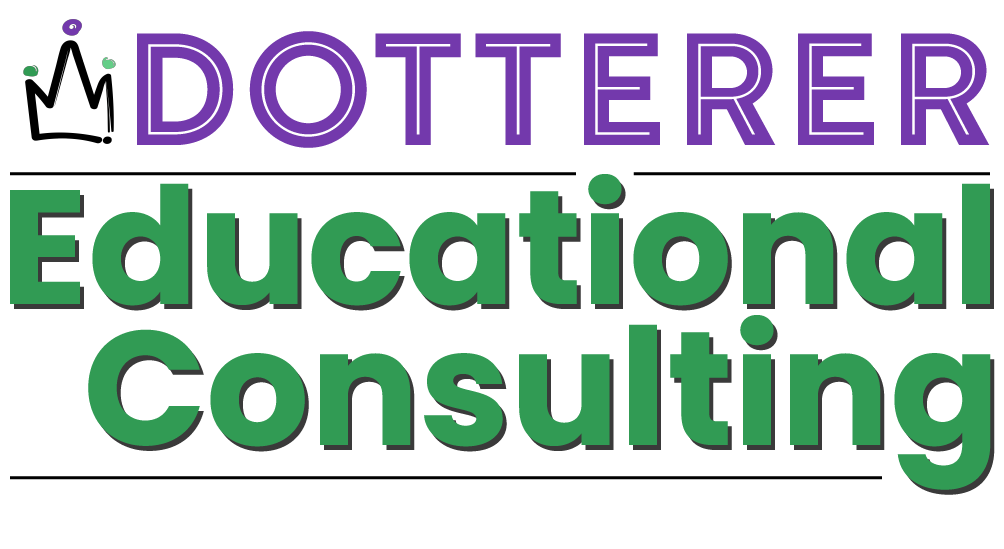“Their perspective is their reality.”
Jonily Zupancic
As I approached the door, I could hear someone running up and down steps, a dog barking, and mom yelling. Not a good way to start my first day. Tentatively, I knocked on the door. The door opened to a smile plastered with frustration.
Inviting me in, mom turned and disappeared up the stairs to their bi-level home arriving shortly thereafter with Charles, a kindergarten boy holding tightly onto his green fleece blanket. Charles said on command on their sofa wrapped in his blanket.
Mom attempted to remove it. I stopped her using my knowledge of meeting people I don’t know and fear overtaking my persona.
The rest of the session was interviewing both of them about their past and present situations, and what the student’s dreams were for the future. Charles wanted to go into the military. His favorite videos games were Minecraft and a military game that his father play alongside him, not age-appropriate.
Mom expressed concerns like, he refuses to write and when he does, the letters are illegible. Then, the bomb dropped, “How can my child read, and refuse to write.” With that, Charles left the room in tears. He wanted no part of the subsequent conversation. Mom hit the source of much contention since his preschool days. I had no real answer, I replied, “I don’t know, but I will find out,”
His IFSP from preschool stated that he could write his name with visual cues. He had great rhythm and told amazing stories orally. Charles displays some preferred taking control of the game. He hated imperfection. Verbally, Charles could tell stories with amazing detail. Oral spelling and keeping rhythm were age-appropriate.
Moving forward with his interventions would need to be fun interactions that isolated letter parts and put them back together. My mentor advised me to learn the Handwriting without Tears program. My training was scheduled for next month.
I asked Charles to say his alphabet. Like many students his age, “lmno” was one sound. He had no idea that the song consisted of four letters. This confusion about the alphabet song was a huge barrier to writing his letters. With varying degrees of legibility, Charles arrived at j and stopped.
Developmentally, Charles’s letters with diagonals were inefficiently written. Triangles looked more like skewed ovals with an occasional point. Inefficient writing created increased frustration, handwriting refusal, and arguments with his mother.
An intervention to support him was to place points diagonally on paper. He was instructed to connect the dots. Over time, his wavery lines smoothed to a more direct route.
How did you handle your first day jitters? Place your thoughts in the comments.
For more information on dysgraphia, visit cheridotterer.com.
View my courses at courses.cheridotterer.com.

